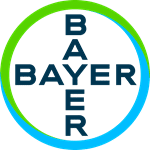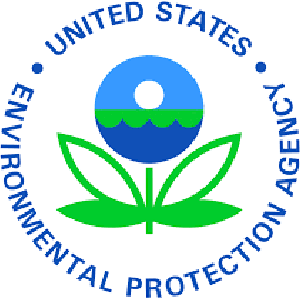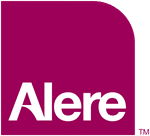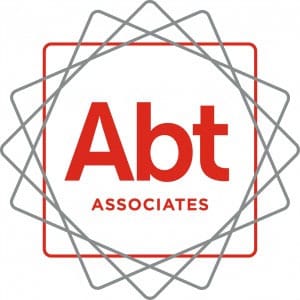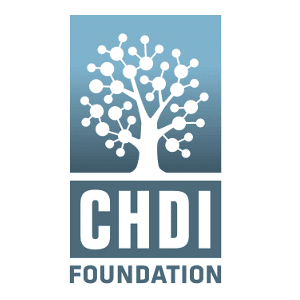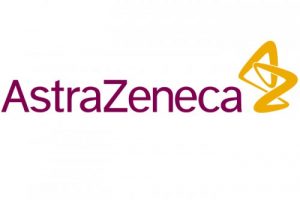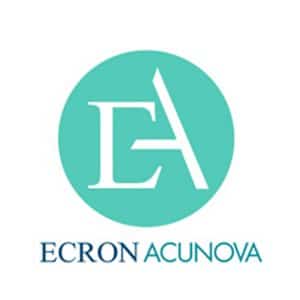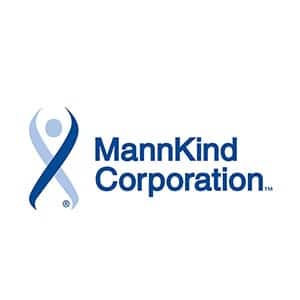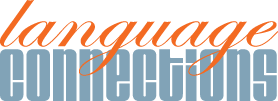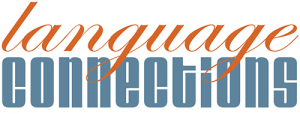Case Study: Translation and Linguistic Validation For 17 Rare Languages
Linguistic validation is the process of ensuring the content validity of translated patient-reported outcome (PRO) measures. It is part of the highly technical method used for clinical trial and life sciences translation services, which must comply with FDA regulations and enable patients to understand and relate to materials. Without translation and linguistic validation, outcome reports run the risk of being unreliable.
Language Connections has years of experience working in the life sciences industry, particularly with healthcare and clinical research translation services. Clinical research documentation must be written in compliance with FDA and IRB regulations – in all languages involved in the trial. In order to ensure this, the translation process for clinical documents is generally complex and involves many stages of editing and review.
Our client, then Concordant Rater Systems (CRS), a small pharmaceutical research company came to us requesting that we provide translation services and linguistic validation for their patient report forms in 17 rare languages.
Q: How Do You Coordinate A Complex Validation Process For 17 Rare Languages?
The Client:
Concordant Rater Systems (CRS) was a start up in central nervous system indication and pharmaceutical research. The company was acquired by United BioSource Corporation in October 2010.
CRS produced innovative computer-based assessments and quality assurance systems for use in clinical settings, global pharmaceutical trials, and other research initiatives. Their products are currently included in pivotal, worldwide trials for Alzheimer’s, mood disorders, and neurological disorders.
When they approached Language Connections, CRS was interested in having patient report forms be translated for their electronic reporting software. They required the documents be subject to standard clinical translation methods – including translation, back translation, and validation.
The Challenge:
Linguistic validation projects are challenging in and of themselves – they require extensive and meticulous translation work. Any mistakes could cause documents to be rejected by the FDA or by other regulatory bodies if being used for clinical trials, or else render incomparable results.
For this particular project, three challenges presented themselves:
- Translation was required into 17 rare languages
- All translations needed to be tested for cultural appropriateness and sensitivity to psychiatric patients
- The translations were done in software code, as they were for electronic patient report forms
Challenge 1: Translating 17 Rare Languages
Upon reaching out to Language Connections, CRS had developed a coded software questionnaire to evaluate the well-being of multilingual psychiatric patients. They required translation into 17 languages, many of which are rarely known in Western cultures. These languages included:
Given the rarity of professional linguists for many of these languages, the first challenge involved the difficulty of finding qualified translators for the job.
This was further complicated due to the fact that the back translation requires a separate group of native speaking translators for each language to eliminate bias and error when reviewing. Therefore, the number of qualified translators needed for each language was essentially doubled.
Challenge 2: Appropriate Translation and Linguistic Validation
The second challenge was to adapt the translations so as not to use language that would trigger patients using the report forms, and in order to remain culturally appropriate for the target patients’ cultures.
The latter is one of the main purposes of linguistic validation services, as it helps to ensure clear understanding by users of the translated product, as well as to provide comparable data collection across languages and cultures.
Areas where this can be complicated include:
- When concepts (both medical and day to day) do not exist in different cultures
- When concepts and situations (both medical and day to day) are approached differently across cultures
Example: Describe Your Ability to Handle Household Chores
A basic example of this would be if a question was asked in reference to household chores. Depending on the culture of the participant, these chores may vary and, thus, would have to be adapted in the translation.
This adaptation is slightly different from simply localizing the content, in that the adapted question would need to have an equivalent significance in all language variations in order for it to be compared across the board for medical purposes.
In other words – you need to be able to compare apples to apples when evaluating patients from different cultures involved in any kind of study to ensure statistically relevant results or data collection.
It is essential that this is reflected in the final translation.
Translation and linguistic validation projects are therefore sophisticated and complex. They generally cover seven (often repeating) steps:
- Translation and Localization
- Reconciliation
- Back Translation
- Editing
- Cognitive Debriefing (field testing of translations)
- Review
- Final Document Preparation
Learn More About The Linguistic Validation Process
In this particular project, we were also asked to manage the field tests of the translations which involved gathering native speaking, non-linguists for each of the 17 languages.
Challenge 3: Translation for Software Applications
Another complication pertained to the medium of the project. CRS did not have traditional documents in need of translation, but rather coded software. The process of translating and localizing code needs to be very precise. One small mistake anywhere in the translation can disrupt the entire display and functionality of the program in question.
The Solution:
In order to address the three challenges above, the team at Language Connections devised an extensive plan of action to ensure that the translation and linguistic validation process went smoothly, and that the final texts were both adapted perfectly and functional for the client’s software and patient users.
First
We put together a talented team of project managers with experience in life science and clinical translations, to oversee the entire process.
These project managers were responsible not only for coordinating a near flawless forward translation, back translation, and reconciliation process across 17 languages, but also for ensuring constant communication between the client and linguistic teams.
SECOND
Separate translation teams for the forward translation and back translation in all 17 languages were organized. In order to accommodate the rarity of some of the languages in the United States, some teams were located overseas.
Translators were able to use their expertise in particular cultures to localize the language and questions that were not compatible with the end users.
Our teams were also careful throughout the translation and localization process to avoid utilizing trigger words for the patients.
Upon completion of the forward and back translation, documents were reconciled and edited. The client’s team then implemented the translations into their software.
THIRD
We managed the cognitive debriefing process by securing native speaking, non-linguist individuals for all the target languages to take the questionnaires as a patient would. They noted any grammatical, cultural, or formatting errors.
They also pointed out errors in the logical order of the language to avoid potentially conveying unclear or confusing information. It was crucial to adapt these changes to the source code before finalizing the translations.
A: You Rely On Language Connections’ Vast Network of Linguists And Dedicated Project Managers
The Result:
Language Connections was able to navigate the difficulties posed by the multi-step process of linguistic validation, and implement satisfactory translations for CRS in the 17 requested languages. The questionnaires were successfully deployed for use in surveying patients’ health and wellbeing.
Thanks to the dedication of our team of linguists across the globe, and the expert coordination of our project managers, CRS opted to continue their partnership with our translation teams by requesting translations of clinician reported outcomes later on.
A: You Rely On Language Connections’ Vast Network of Linguists And Dedicated Project Managers
The Result:
Language Connections was able to navigate the difficulties posed by the multi-step process of translation and linguistic validation, and implement satisfactory translations for CRS in the 17 requested languages. The questionnaires were successfully deployed for use in surveying patients’ health and well-being.
Thanks to the dedication of our team of linguists across the globe, and the expert coordination of our project managers, CRS opted to continue their partnership with our translation teams by requesting translations of clinician reported outcomes later on.
Interested in Learning More About Language Connections’ Work in the Life Sciences? Check Out The Following Resources:
About Language Connections:
Language Connections is one of the top language service companies in the US. Over the last 30 years, we’ve focused on providing the best business translation services, interpreting services, as well as interpreter training and customized language training programs. In addition to top-tier corporate language training, we offer certified corporate interpreters and professional business translation services in 200+ languages. Our network includes linguists with backgrounds in all major industries. They’re ready to meet your needs, whether they’re for technical translation services, legal translation, government translation services, international development translation services, education translation services, life sciences translation, or something else. Reach out to us today for a free quote on our cost-efficient and timely translation services, interpreters, or other linguistic services.
Language Connections Inc.
2001 Beacon Street, Suite 105,
Boston, MA 02135
Phone: +1-617-731-3510
Email: service@languageconnections.com

